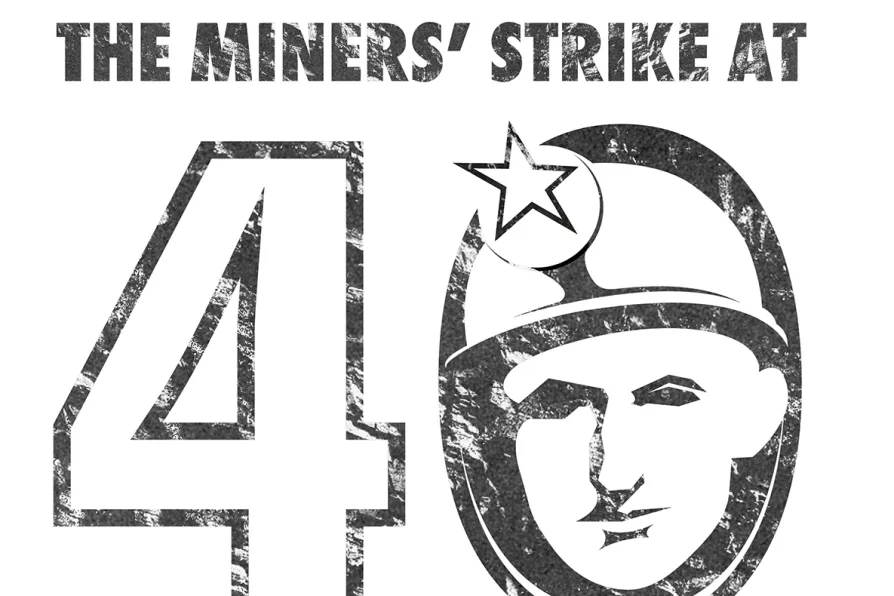Labour’s cynical recruitment drive normalises militarism, diverts attention from youth unemployment and public service cuts, and seeks to build consent for an increasingly aggressive defence agenda, argues GEORGINA ANDREWS
‘We were staying out, ballot or no ballot’
In the first of two features, ex-miner PAUL KELLY shares his experiences as a 24-year-old striker in the miners’ strike against pit closures of 1984-5


I WAS born in Lower Broughton, Salford, in Sussex Street, next to Andrew Street, where Ewan McColl was born. My father, grandfather and uncles were all coalminers.
My uncle Harold worked at Bradford colliery and was a friend of the playwright Jimmy Allen. Mining and politics were my life from an early age.
I began work at Agecroft colliery in the late 1970s. My dad also worked at the pit. I took part in the strikes of 1969, 1972 and 1974 picketing with my dad — all great victories for the miners and the working class.
Similar stories

In the third extract from her new memoir, former NUM headquarters staffer HILARY CAVE recounts how women throughout the striking coalfields showed their mettle when the going got tough

In the first of four extracts from her new memoir, former NUM headquarters staff HILARY CAVE recalls challenging police intimidation during the miners’ strike, exposing how the full machinery of state was deployed against the working class

PETER LAZENBY is fascinated by a book of cartoons that shows how newspaper cartoonists were employed to, on the one hand, denigrade and, on the other, to defend the miners’ strike of 1984-85

Remembering KEN CAPSTICK, vice-president of the National Union of Mineworkers Yorkshire Area










